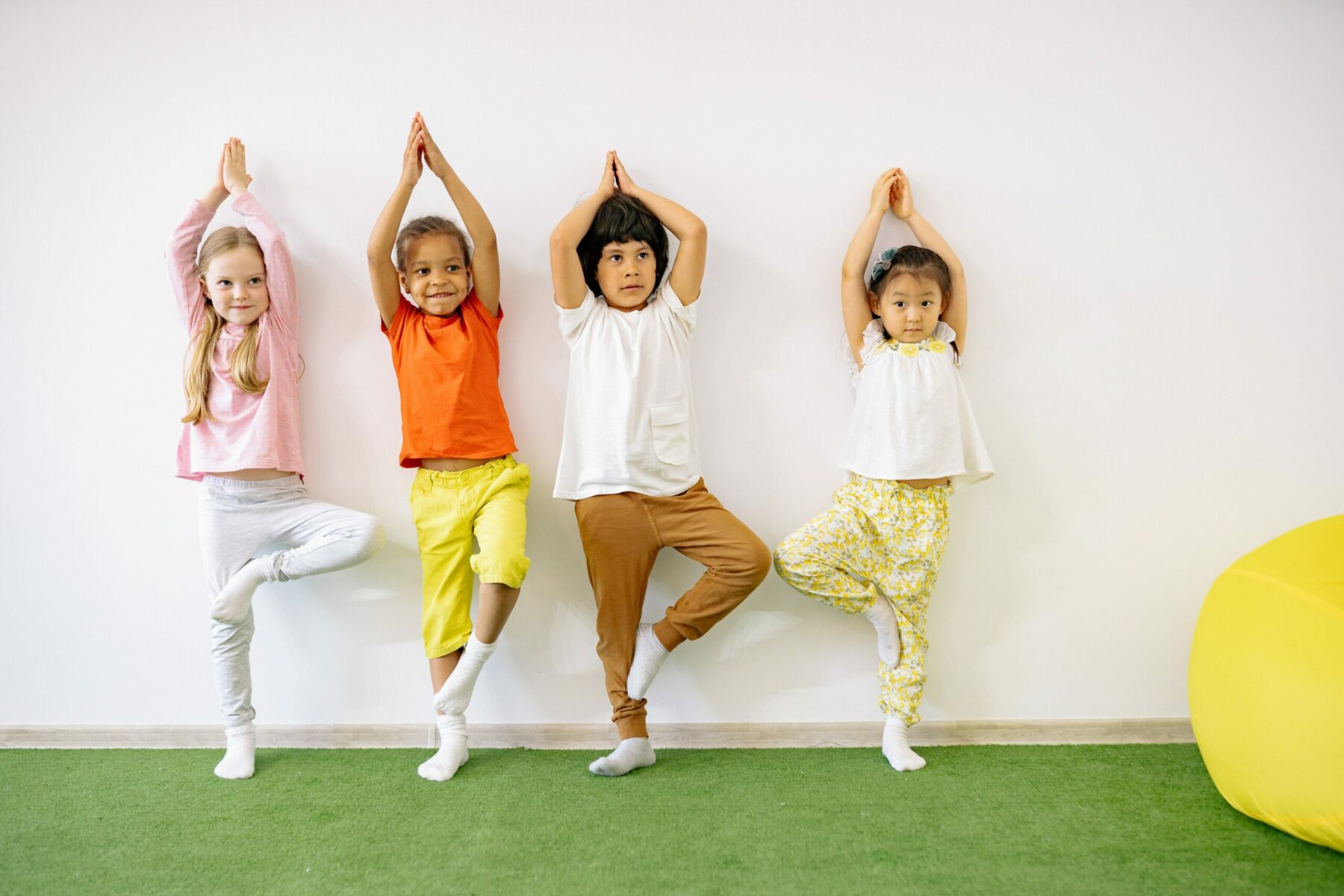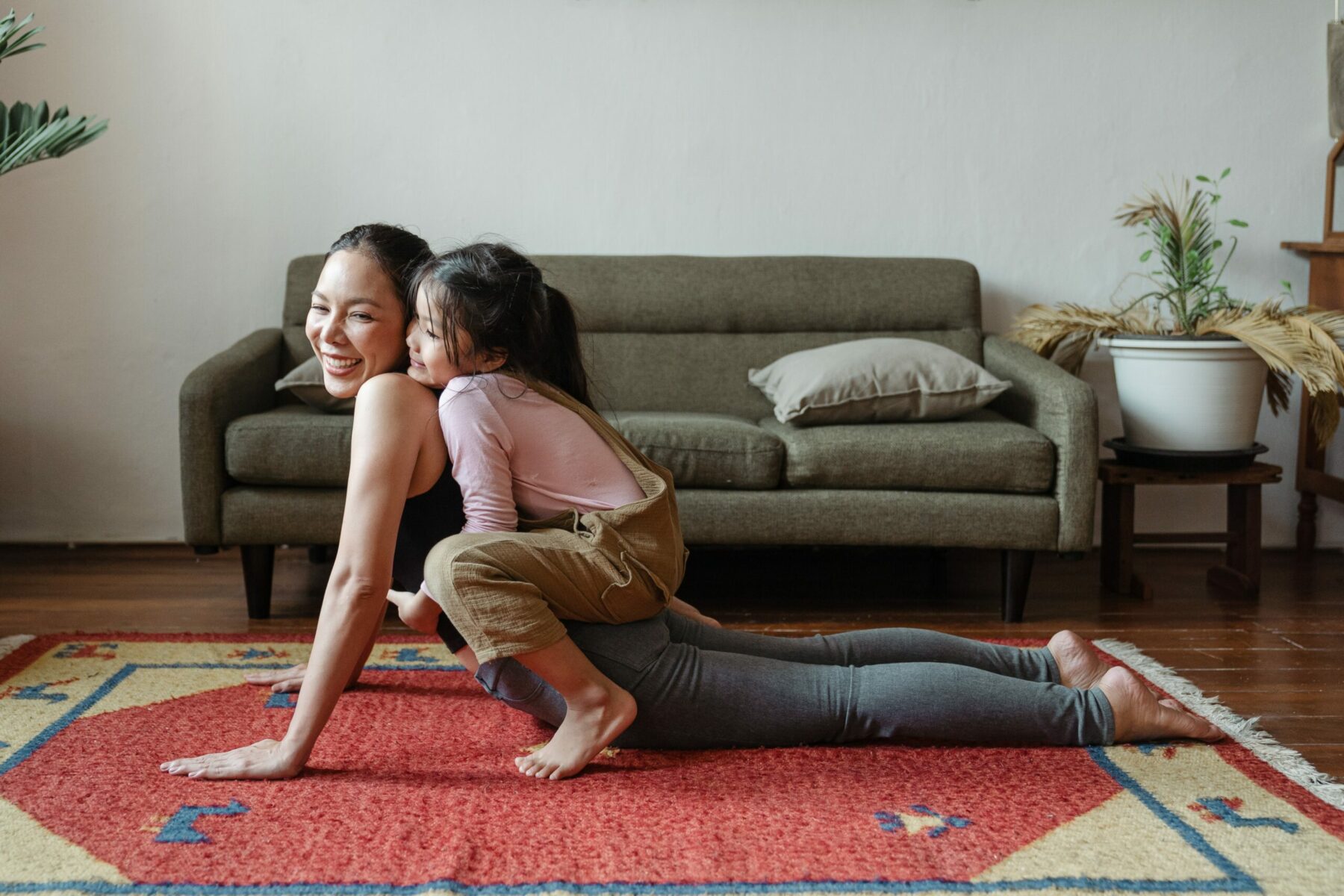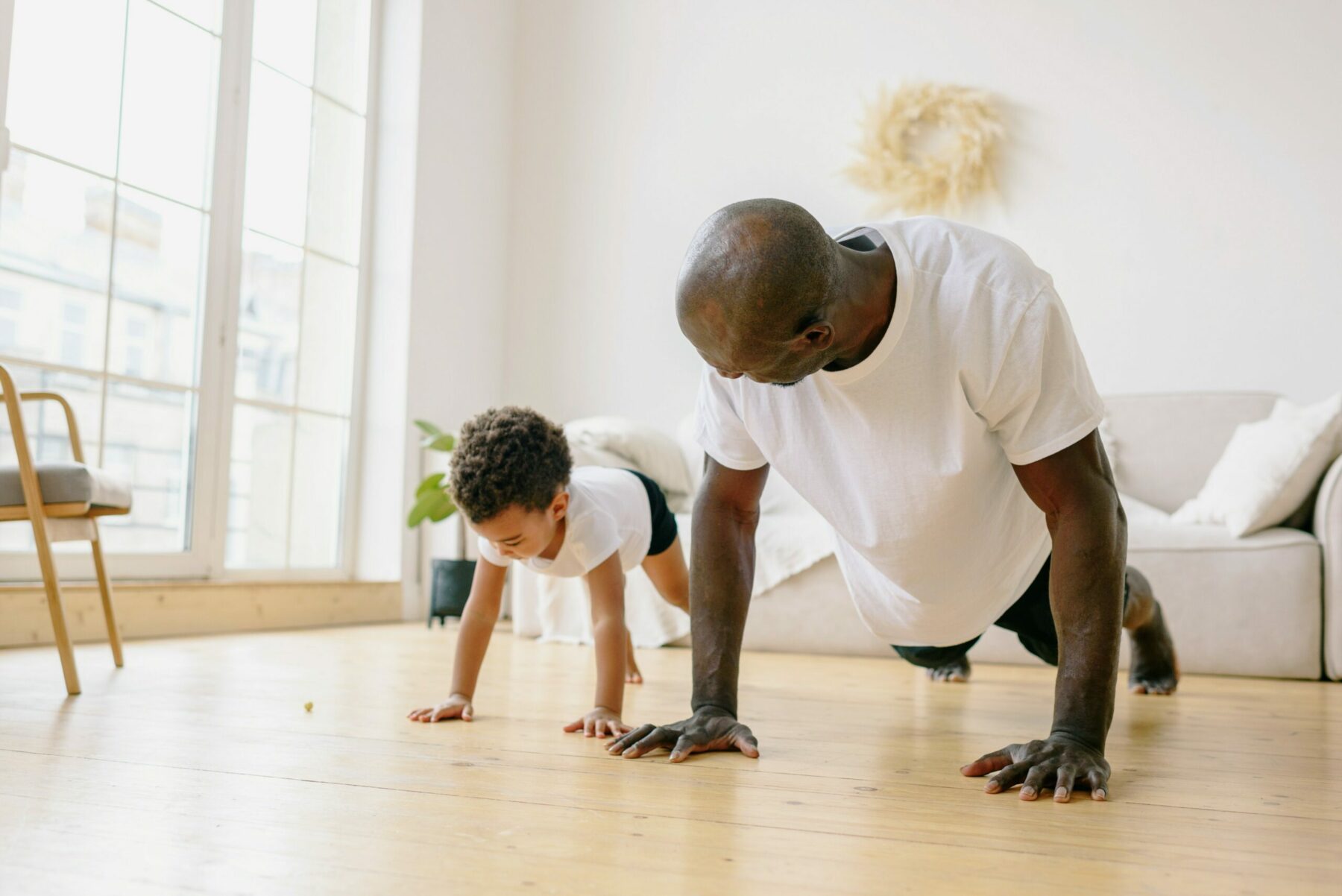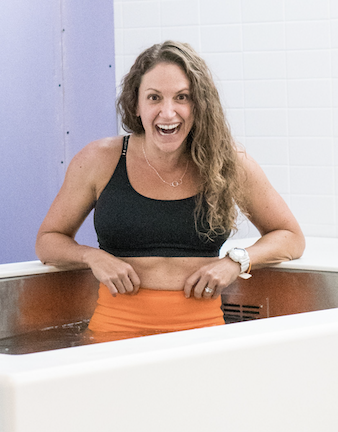How to Get Kids Interested in Fitness

Did you know that lifestyles learned in childhood have a much higher likelihood of remaining with that person well into adulthood? If play, sports, fitness, physical activity and healthy eating are a family’s priorities, this will provide a strong foundation early on for not only the children but parents to have a lifetime of healthy living.

Yes, you read that correctly: PLAY! Play is a form of exercise and the preferred way for young children to get their exercise, according to The Occupational Therapy Toolbox, because play is the primary job of children! In addition, play can also make the exercise fun. Fun is a necessary ingredient in helping instill the desire in children to move their bodies. If we, as adults, are not having fun or are forcing them to engage in an exercise that is not fun to them either, this could actually have a negative effect on their desire to continue exercising. So, make it fun!
OK, Austinites, this will come as a shock to you because we live in one of the healthiest cities in America, but did you know that only roughly 1 in every 4 children gets his or her recommended 60 minutes of daily exercise? Staggering, right?! And what’s worse is participation in any kind of physical activity drastically drops as children get older, making it that much more important for exercise, or engagement in sports, to be a part of your family’s life.

But why is it so important? Physical activity helps build and maintain healthy bones, joints, muscles, blood flow and lung capacity. It helps prevent high blood pressure, diabetes and heart disease. It also helps those little ones go to sleep easier at night and have better, deeper sleep.
In addition to the physical benefits that exercise provides, physical activity also improves a child’s behavior and mental health. Children become happier, are more enthusiastic and optimistic, and have a longer attention span. It improves their self-esteem and reduces depression and anxiety. If children play sports together on a team, it helps foster community, friendship and teamwork.
Here are some great ways to help children get started:
- Make it FUN! I can’t stress this enough. This is so important. If it’s not fun, they are much less likely to want to participate. Find an activity they actually enjoy and look forward to engaging in. It would make it even more fun for them if you joined in on the activity on occasion, parents!
- Play, play, play and play some more! Help them learn a new activity or sport or just have fun learning and doing it with them.
- Be a good role model for your child. If they see you regularly enjoying sport and exercise, they are more likely to do it themselves.
- Make sure the activity is age-appropriate. It’s no fun trying to do something you’re not going to be able to do. For example, it’s probably not a good idea to ask your 7-year-old who has never run before to do a 3-mile run with you. Go swimming, biking or play soccer with them instead.
- Make sure your home is equipped with toys to help encourage activity, such as jump ropes, balls and bikes.
- Put exercise in your daily routine and plan. If it’s on the day’s schedule, the intention has been set and achieving the goal will be much easier.
- Make sure their play space is safe. Ensure there are no hazards nearby where they would jump rope or play soccer. Ensure they have enough water, etc.
- Make time for exercise; make it a priority in your day. It’s easy to come up with excuses because we all get busy, but it’s important for not only them but you to prioritize it.
- Don’t overdo it, though! It should not hurt. We don’t want them to dread exercising, nor do we want them to get injured; therefore begin slowly and build up the time and intensity as they are performing the activity.
- Set limits on screen time. This is a tough one, especially with the onset of virtual learning, but it’s more important now than ever to help create boundaries around time with electronic devices.
I hope these tips, tools and ideas will help you get your children started on a lifetime of healthy living. I promise it will be worth it in the short and long term. Have fun out there, Austin families!
About the Author

Jessica Tranchina, PT, DPT, is a co-founder of Generator Athlete Lab and has been an athlete her whole life. As the creator of the Generator Method, Tranchina works to help guide others to better performance and recovery and is passionate about bringing the active community of Austin together from all fitness levels and athletic backgrounds. She is the owner of PRIMO Performance and Rehabilitation, which started in Austin in 2010, where her expertise and unique skill set have been established as one of the best in her field. NASM-CPT, ART Certified Provider, CKTP.






